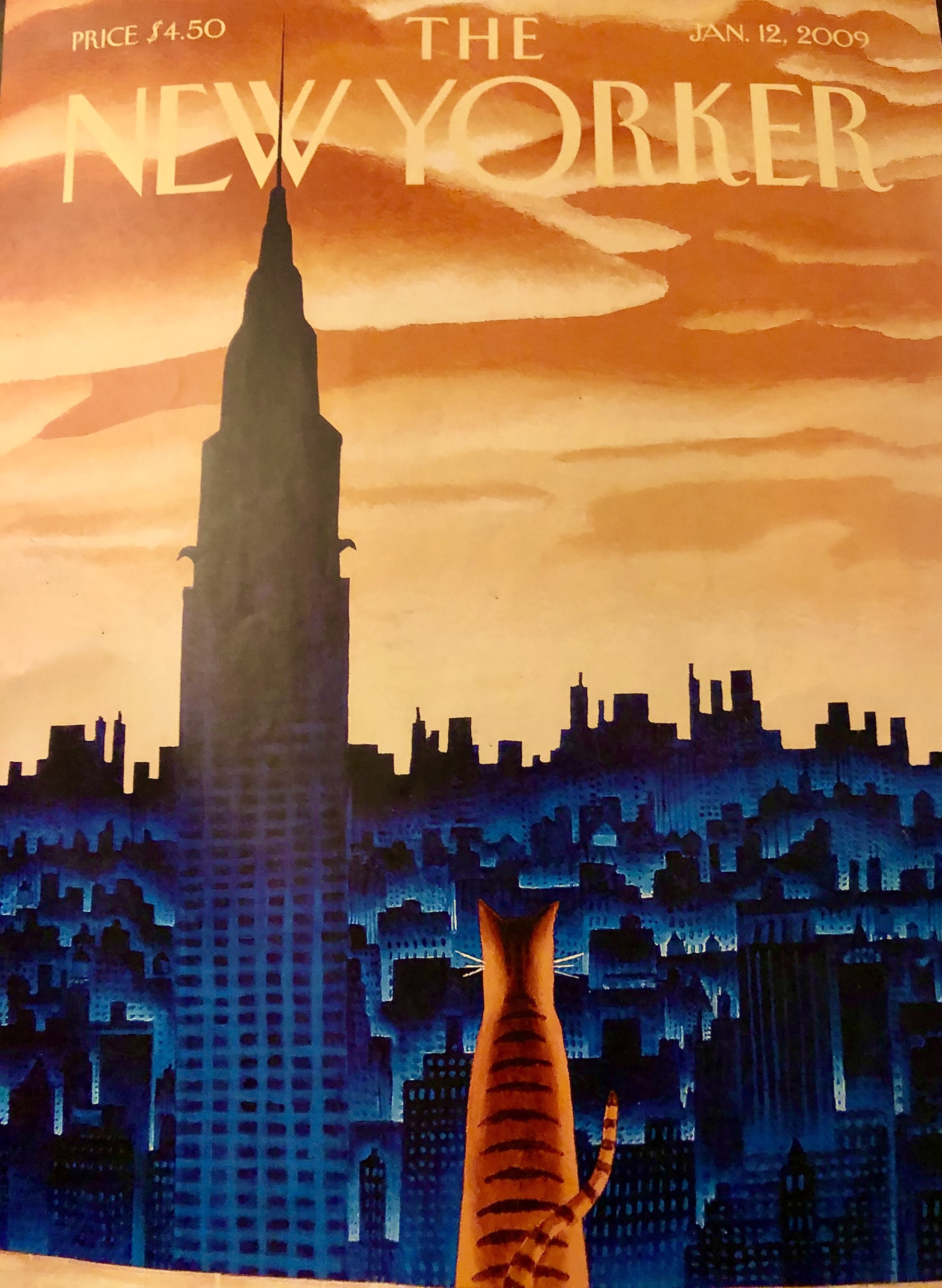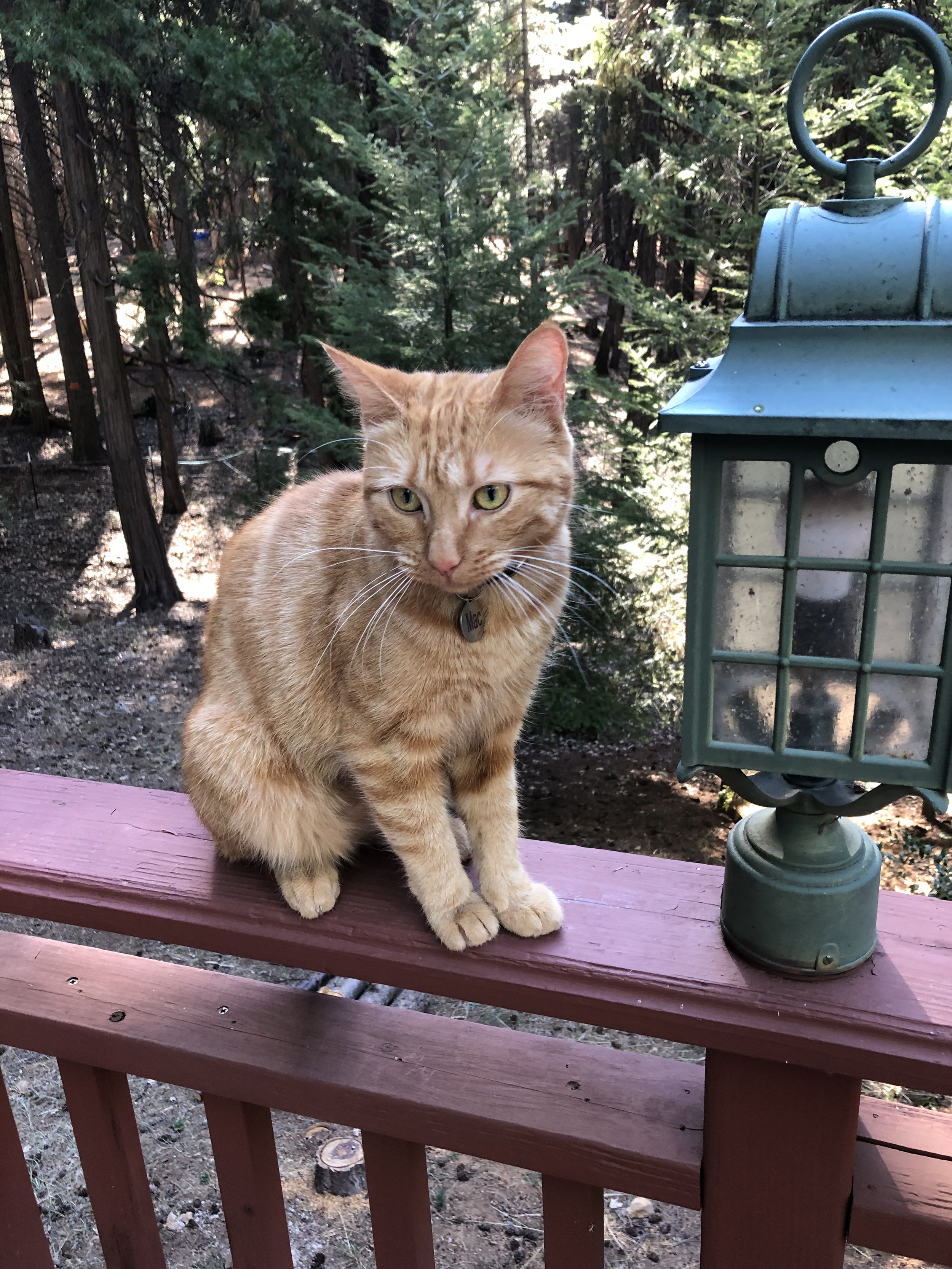Cat People
For avowed animal lovers, life in the country can easily become an open-door policy. There are animal lovers who over time accumulate an exotic menagerie of dogs, cats, Vietnamese pigs, miniature donkeys, alpaca, horses, goats, ducks, geese, peacocks, guinea fowl, chickens, and whatever other colorful creatures find their way into their barn. For city folk restricted by ordinances, square footage and actual time spent at home, the world is divided mostly into dog lovers and cat people.
I am a cat person. Simple as that. But it is the nature of cats to find you, and that, in my case, took a while. It was not until my third year as a Peace Corps volunteer in Bangkok, Thailand, that the first cat came into my life quite unexpectedly. Jim Lehman, a fellow PC volunteer from California, MO, dropped by my house one day with a cat carrier and news that the Peace Corps office secretary was returning to the States and needed a home for her cat.
Cats in Thailand tend to be feral, streetwise felines, and most have stumpy, thumb-length tails with a pronounced bend in the middle. The fierce shrieks of these wild urban cats about to engage in bloody territorial battle were a regular night sound in residential neighborhoods in Bangkok. The Thai family from whom I rented my house kept a mischievous Gibbon monkey that pulled the hair of anyone who walked by. Cats were not considered house pets, but my roommate Chomsri and I suddenly had one. Mr. Mack as we called him was a long-tailed, sleek, ebony, thoroughbred-of-a-male cat that initially terrified us as we most likely did him. We soon grew to love his elegant, regal presence. He knew he was gorgeous and had no reason to doubt that we adored him.
My next two cats literally walked into my life (as cats often do) while I was teaching in Nebraska in the early 1970s. First Muffie, a super smart grey Tabby; then Tiggy, a silly goof of an orange Garfield Tabby who was afraid of his own shadow. They moved with me to Los Angeles in 1974 and two years later became a part of Kit’s life, just as his son Hayden and daughter Heidi became an enduring part of mine.
In 1986 the opportunity came for Kit and me to move to Washington, DC to work at National Geographic. By then, Hayden and Heidi had gone off to college and our cats had both grown old and passed away. For the first time in a decade, the two of us were without children or pets at home. Perhaps that’s why the 4-story urban brownstone we lived in never seemed to have a soul, and after two years we began to yearn for a change in our life pattern.
Our 1988 move to a seven-acre country farm in southern Boone County, Missouri changed everything. The property included a three-stall horse barn, a pond and surrounding woods, a Toulouse Goose named Francis that conveyed with the house, and an ancient German shepherd named Bumby who was asleep on the porch when we arrived. Not long after our arrival, Barnie, a raggedy-eared, sandy-colored bruiser of a stray cat established our barn as his territory; and before long, the multiplication-factor associated with barn cats took over. Over the years I became the Jane Goodall of cat behavior, observing and recording the behavior of feline families living and rearing kittens under one barn roof. Early on, farmer friends gave us two Russian Blue sister kittens (Kashmir and Jammu) who became beloved house cats.
When we moved to Boomerang Creek, we arrived with three only cats—an incredibly intelligent rumpy Manx calico we named Phantom (Fanny for short); a gentle, soft, cross-eyed male Seal Point named Scribbles; and a wobbly-gaited, white female with one blue and one gold eye named Pooh. Each was worthy of a chapter in a book.
In our final year at Boomerang Creek, our trio passed away one by one and were buried in our shade garden near the house. We left Missouri behind in the spring of 2021 to begin a new chapter in the Sierra Foothills of Northern CA. Our wonderful neighbors Carol and Jim have given us petting rights with their twin yellow tabbies, Mac and Cheese. Someday, we will be ready to welcome a cat into our lives again when one wanders up our driveway and choses us (See A Man Called Otto and you will understand.)
When our friend Dan Arreola’s beloved cat Pinto died, he wrote “Life is so much better with cats around.” He then mentioned William Jordan’s memoir, A Cat Named Darwin, about a stray cat that changed his life. In the book’s epilogue, Jordan explained: “I was born a Homo Sapiens.
Then I became a biologist. Then I became a cat. In the end, because I became a cat, I became a human being.” Michael and Margaret Korda, co-authors of Cat People-–a delightful book about the special cats who shared their 20 years of country life in upstate New York—would certainly agree.
And so it is for me.
Again, I must remind you that
A Dog’s a Dog—[but] A CAT is A CAT.
- T.S. Eliot






